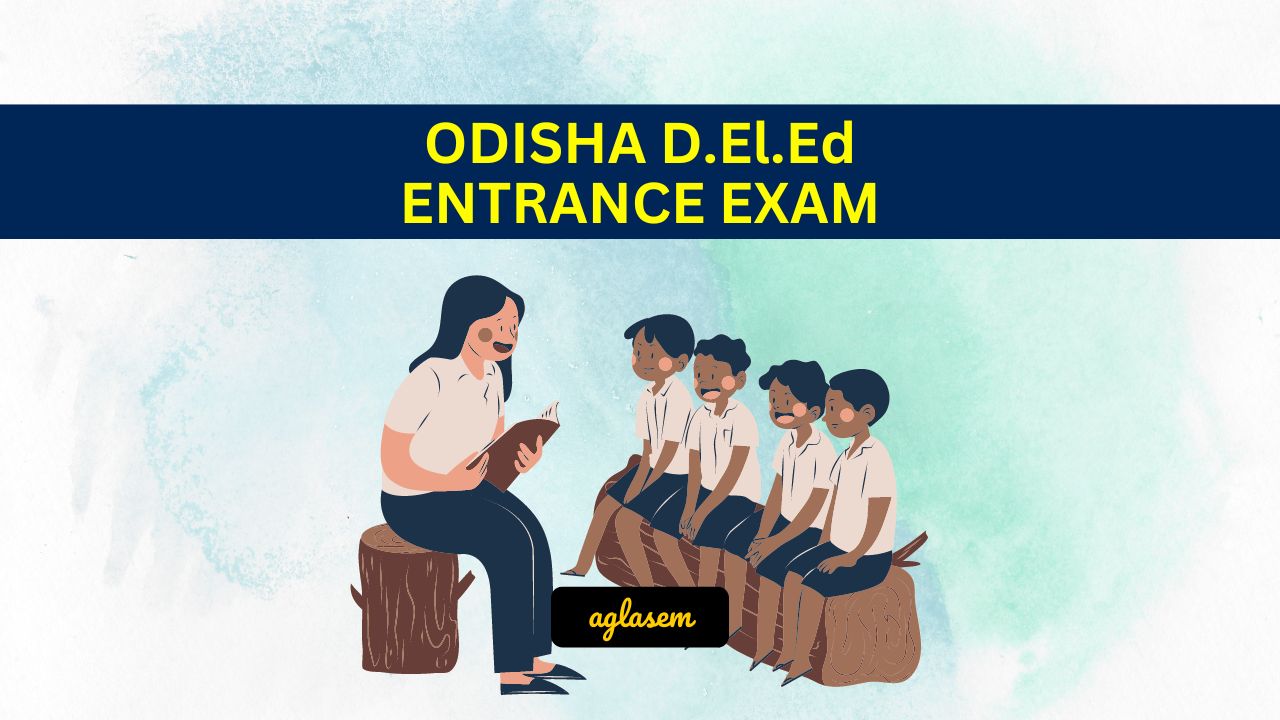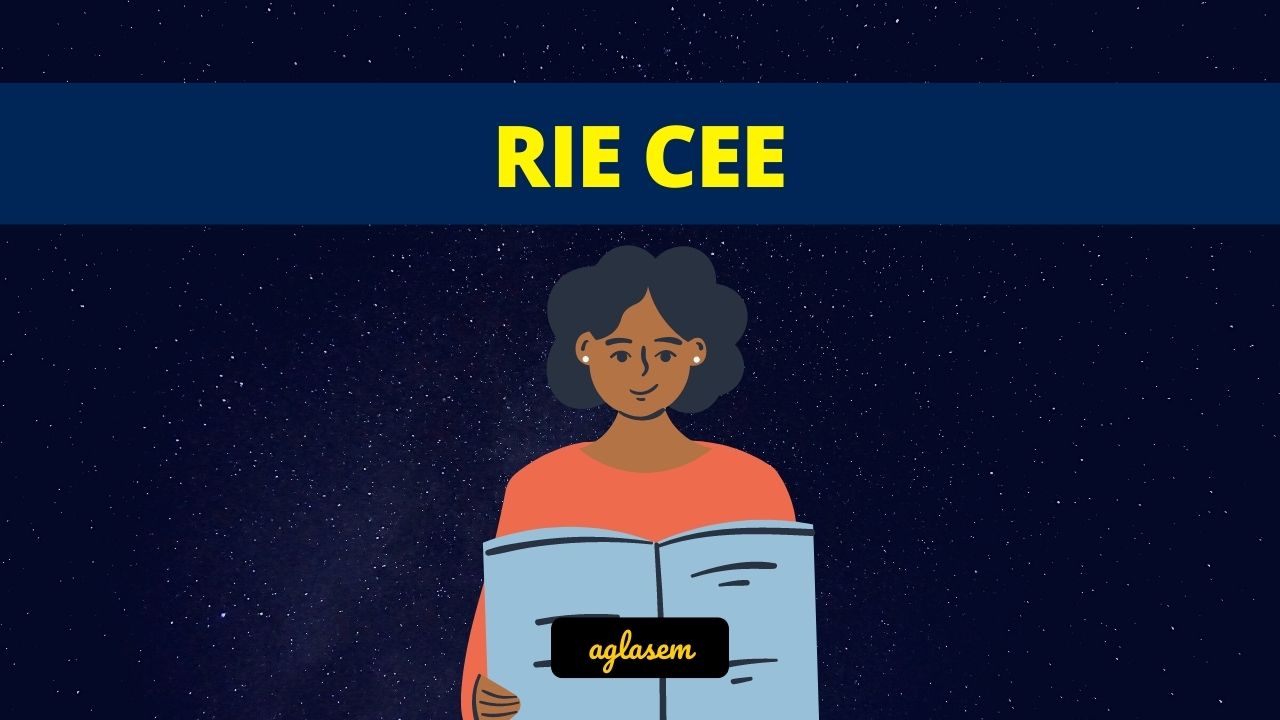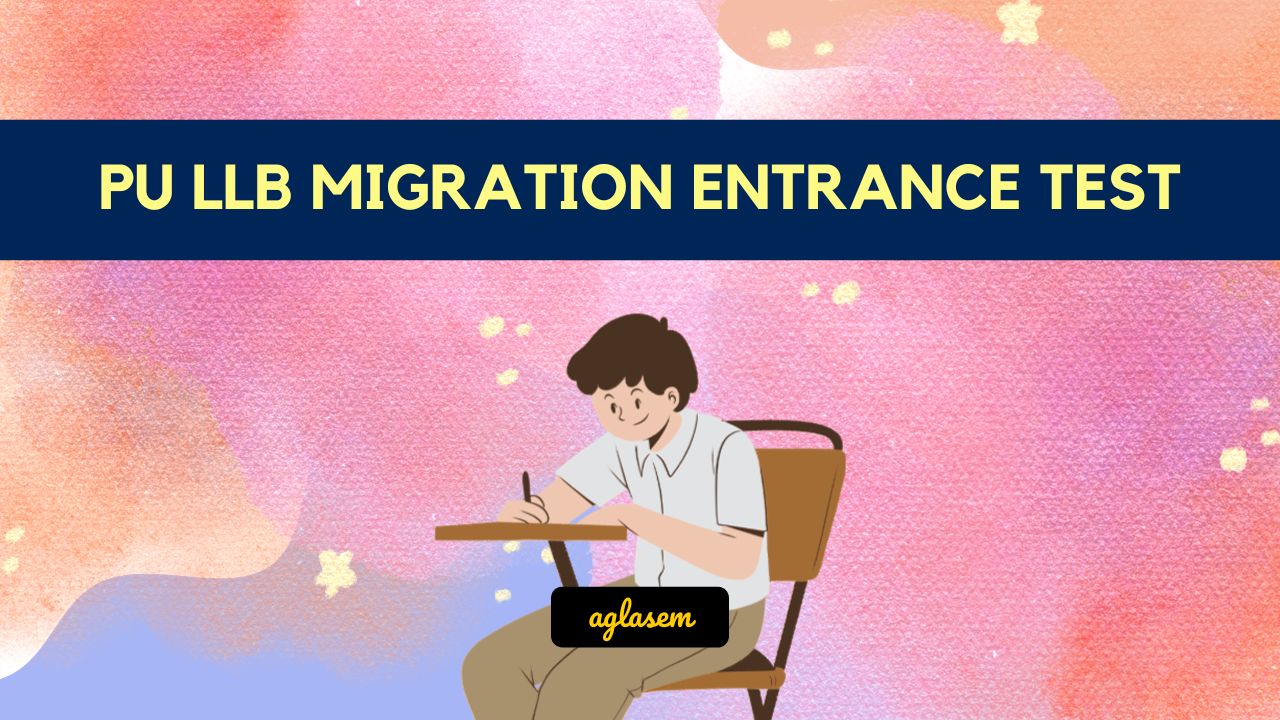Get here JEE Main Sample Paper 2025 for the engineering entrance exam. With the help of these JEE Main Sample Paper PDFs, you can gain a better insight into the exam pattern and understand the topics covered under the JEE syllabus. Access the JEE Main 2025 Sample Paper Set B specifically designed for the B.Tech Course.
JEE Main Sample Paper 2025 PDF Set B
View JEE Main Sample Paper 2025 for B.Tech course here.
JEE Main Sample Paper B.Tech Set B View DownloadAt aglasem.com, we are providing a wide collection of sample question papers for JEE Main along with previous year question papers so that candidates can access all of them in one place.
JEE Main Sample Paper 2025 PDF Download
Above jee main sample paper can also be downloaded in the form of PDF. In order to download you can use the download link given above the sample paper or you can also download JEE Main Sample Paper Set B from here.
These papers will boost your exam preparation for the national-level engineering entrance examination.
More JEE Main Practice Papers by AglaSem
- Practice Paper 1
- Practice Paper 2
- Practice Paper 3
- Practice Paper 4
- Practice Paper for B.Arch Set A
- Practice Paper for B.Arch Set B
- B.Plan Practice Paper
- Drawing Test Practice Paper
The JEE Main Paper 1, aimed at prospective engineers, concentrates on three essential subjects: Mathematics, Physics, and Chemistry. Each subject aims to evaluate candidates’ comprehension via a mix of Objective Type questions, notably including Multiple Choice Questions (MCQs) and numerical answer questions. This structure guarantees an even distribution of questions throughout the three subjects, with 20 questions in Section A and 5 questions in Section B for each subject, resulting in a total of 75 questions for the exam. This balanced framework allows students to effectively showcase their expertise, as each subject is worth 100 marks, culminating in an overall total of 300 marks for Paper 1.
The exam is administered in a Computer Based Test (CBT) format, providing a smooth and user-friendly examination process. It is important to note that there is a negative marking system in effect: candidates receive +4 marks for correct answers, incur a loss of -1 mark for incorrect responses, and gain 0 marks for questions left unanswered. This policy promotes careful thought regarding answers, particularly in Section A, where inaccurate MCQs can substantially influence total scores.
Section B introduces a distinct challenge, as candidates must submit their answers as numerical values using an on-screen virtual numeric keypad. Rounding answers to the nearest integer is essential to comply with the exam’s standards. With a clear understanding of the marking scheme and layout, candidates can enhance their preparation strategies, ensuring a comprehensive approach to excelling in the JEE Main Paper 1.
All the best!
To get exam alerts and news, join our Whatsapp Channel.



























